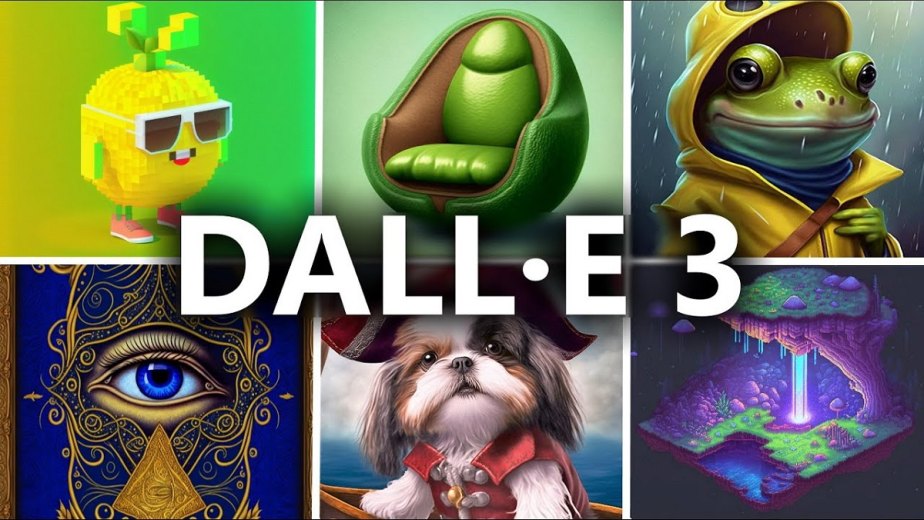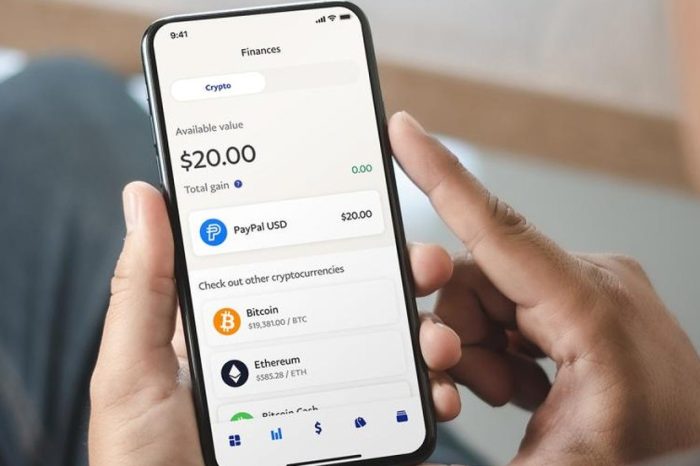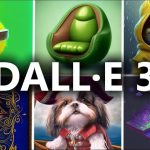OpenAI launches Dall-E 3, the next generation of text-to-image AI tool

ChatGPT Plus users can now bring vivid and lifelike images to life directly from text prompts using a new text-to-image AI generator. On Wednesday, OpenAI released DALL-E 3, its latest text-to-image generator that harnesses the capabilities of its wildly popular AI chatbot ChatGPT to help fill in prompts.
While the technical specifics of DALL-E 3 remain undisclosed at this time, it is worth noting that this latest iteration excels at refining fine details, such as hands, and can craft captivating images without the need for complex hacks or meticulous prompt engineering. You can find examples of images generated using DALL-E 3, accompanied by the prompts, within the article.
OpenAI has outlined its plans for making Dall-E 3 accessible to ChatGPT Plus and Enterprise customers in October through its API. This interface allows users to articulate image requests and fine-tune prompts through interactive conversations with ChatGPT.
In the words of OpenAI, “DALL-E 3 can translate nuanced requests into extremely detailed and accurate images.”
To address concerns associated with AI-generated content, OpenAI has integrated enhanced safety measures into the latest version of DALL-E. These safeguards limit the generator’s capacity to produce violent, adult, or offensive content. Furthermore, the tool has mechanisms to decline requests that explicitly mention public figures by name or seek images resembling the style of living artists.
OpenAI has also addressed copyright and usage concerns by enabling creators to opt out of having their work contribute to the training of future text-to-image tools.
While OpenAI currently leads the field in text-to-image generation, it faces competition from other technology giants like Alibaba’s Tongyi Wanxiang, Midjourney, and Stability AI, all of whom are continuously refining their image-generation models.
In July, Alibaba launched Tongyi Wanxiang, an AI image-generation tool to compete with OpenAI’s DALL-E and Midjourney. Tongyi Wanxiang, which was launched by Alibaba’s cloud division, allows users to input text prompts in either Chinese or English, and the AI tool generates corresponding images in various styles, such as sketches or 3D cartoons. Currently, the tool is available for beta testing exclusively to enterprise customers in China.
Nevertheless, the emergence of AI-generated images has raised legal and ethical questions. In August, a Washington D.C. court ruled that AI-generated art lacking human involvement could not be copyrighted under U.S. law.
Additionally, OpenAI is navigating a series of lawsuits, with a U.S. author trade group recently filing a lawsuit against the AI leader on behalf of authors such as John Grisham and George R.R. Martin. The suit alleges that OpenAI unlawfully trained its chatbot, ChatGPT, using its literary works.




